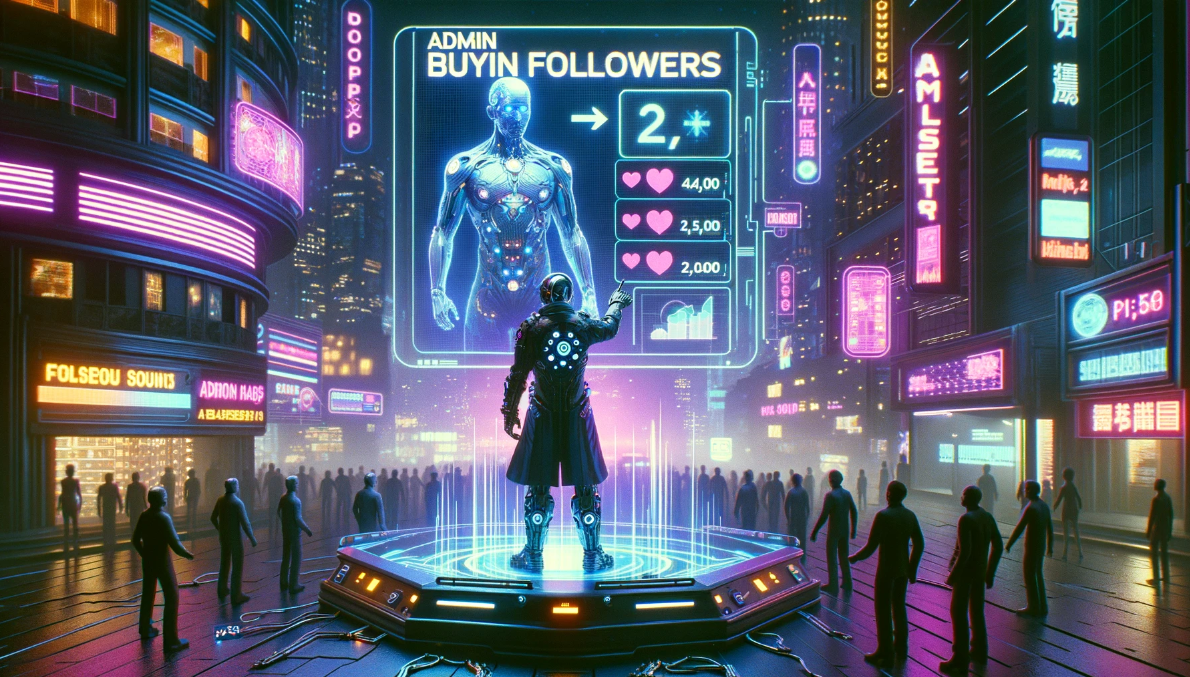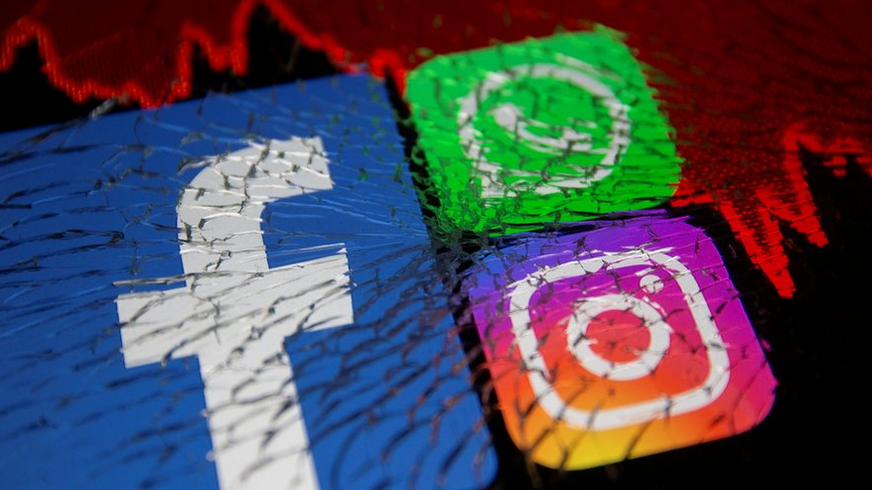
Buying followers and reactions gives new meaning to the saying 'fake it till you make it'. This type of followers' acquisition applies to almost all social networks (Facebook, YouTube, Instagram, Twitter, etc.) and, ironically, is aimed at gaining trust through deceit. It's not only individuals who practice this, but entire brands. Officially, of course, buying followers and accounts is prohibited. As stated in Instagram's terms of use (and other social networks): "You may not purchase, sell, or transfer any aspect of your account (including your username); extort, obtain or use logins or badges of other users; solicit or collect Instagram usernames or passwords; or appropriate access credentials".
Let's imagine we just started a small business selling sunglasses. After creating a website, the next step is to create social media accounts and promote the company's brand to the public. Take the social network Instagram. After a month, we realize that things aren't going well: the number of followers is small and growing too slowly, so hardly anyone is buying the sunglasses. Why? The algorithms are not working in our favor – there's not enough interaction with the account. Who would want to buy a product from a company with only 189 followers? Logically, a company with two thousand followers deserves more trust! What to do? We can't wait forever – we'll go bankrupt before we increase the number of people interested in our glasses and ready to subscribe! That's where buying followers comes in. What could go wrong? Actually, a lot.
First, you need to find someone to do the job. Here, the depths of the internet come to the rescue, where you can find both individuals and entire, not so legal companies making a living by selling followers and accounts. The prices for services vary from ten to several thousand euros, depending on the seller and the desired number of new users. After making a deal, all we have to do is wait for new followers to come in – if, of course, it happens, and the dream seller doesn't cheat us. It may take only a few minutes or even several days before we see changes in the number of followers. Smarter sellers send sunglasses enthusiasts our way slowly, so as not to arouse suspicion from Instagram moderators, who have been actively filtering out fake accounts in recent years.
The new followers are mostly inactive accounts or bots. These accounts can look quite real – in some cases, bots can even take on the appearance of a real person, using stolen images and names. The so-called inactive accounts, on the other hand, are created for the purpose of providing paid services. The person behind the account has no reason to interact with our content or buy products. These accounts may initially generate a few likes or comments on our posts, but in the long run, this will not lead to success.
What do we get in the end? Multiplying zero by a thousand still leads to zero – without real interaction, the number of followers is meaningless. Instagram uses various algorithms, classifiers, and processes, each with its own purpose. Each part of the app – Feed, Stories, Explore, Reels, Search, and others – has its own algorithm, designed considering how people use it. If no one consumes the content we publish, the algorithms won't give it a chance to reach real profiles of real people.
If Instagram learns about our illegal activity, we will lose not only the few real customers we acquired naturally (a whole 189!), but also our account, and our reputation will be severely damaged. By the way, it's not hard for social networks to do this – you don't have to be a genius to see that a huge number of followers doesn't match the microscopic number of likes and comments.
Account Nurseries
As mentioned before, there are entire companies that grow social media accounts in their backyard to resell them for a hefty sum. Of course, individuals do the same. Some start from scratch, others buy accounts for small amounts from people who don't realize their true value, 'grow' followers, and then sell the account for a much higher price. The price of an account is usually determined by the number of followers – on average, it's about ten euros per thousand followers. Middlemen are also active and for a certain fee deliver the desired to both buyer and seller, protecting the identity of both.
Now let's imagine that we are a very green influencer who wants to attract the attention of major brands by promoting our name. We've heard how a friend from a sunglasses manufacturing company did, or rather, did nothing good with buying followers. But let's be much smarter, cut corners and buy an entire Instagram account with several thousand followers right away!
Accordingly, we need to find a broker, an individual or a company that will sell us the niche profile we created. Such Instagram accounts are specifically created to attract followers. Usually, they consist not of a real person, but of photos found on the internet and related to a specific topic, like food, exotic country travels, cars. It would be in our interest to buy an account with previously published content related to clothing, which we could easily develop in the desired direction.
The opposite of niche accounts are personal accounts, where the content is more or less original. Such accounts are increasingly attracting the attention of brands and providing their owners with profitable sponsorship. According to Sildniks, brands are starting to pay attention to smaller influencers, for example, with 3000 followers, because they are more likely to have real people, not bots, subscribed.
Always remember that you can buy a cat in a bag – you can be deceived and not receive anything, the subscribers can turn out to be inactive accounts or bots, and Instagram can notice your activity and delete the account.
As Instagram representatives told Vox, they have "various ways of detecting that an account may have been hacked, sold, or substituted, including automatic detection signals and user report"s. However, Instagram does not keep statistics on the number of such suspended accounts. One account seller told Vox, "Instagram can't know whether an account was sold or simply handed over to external management". This is true because there is nothing illegal about changing the name of an account and starting to post different types of content, comments Sildniks. He notes that before elections, social media accounts often appeared promising "iPhone giveaways", and when people started following these profiles, they suddenly turned into political advertising accounts.
Because of the rules of social networks, this market operates in conditions of partial secrecy, but that doesn't stop deceived buyers who didn't get what was promised, or sellers who weren't paid, from publicly shaming the fraudster. Hackers also tend to hack and then sell accounts with a certain "nickname", name, or a large number of followers.
It should be said that not everyone thinks buying followers and accounts is bad. Yes, it's a marketing strategy that saves a lot of time and work, providing a foothold and further growth. But it misleads the public, undermines trust, and kills quality content. It's hard to focus on the good when there's so much bad around.



